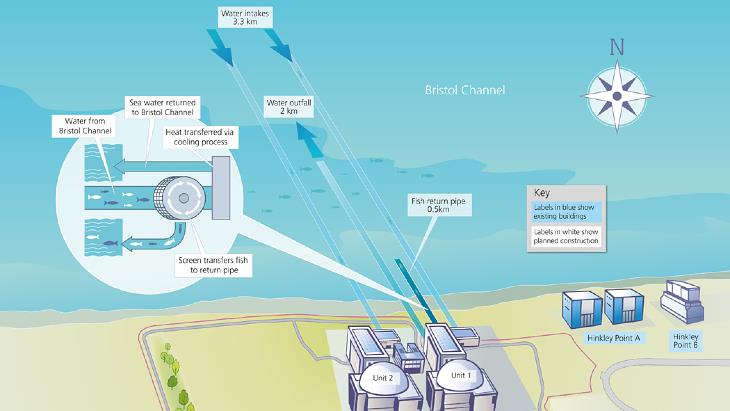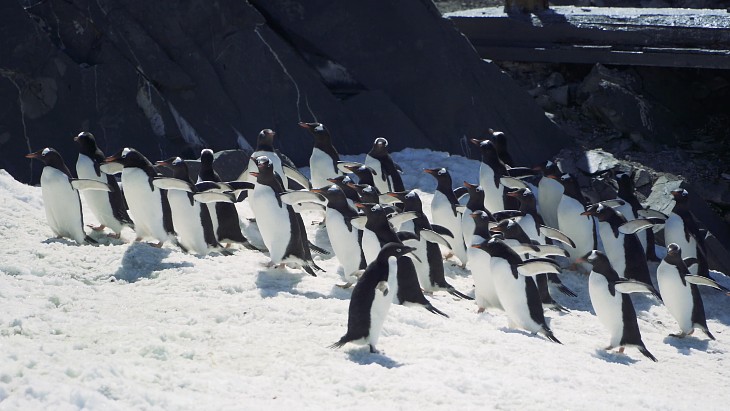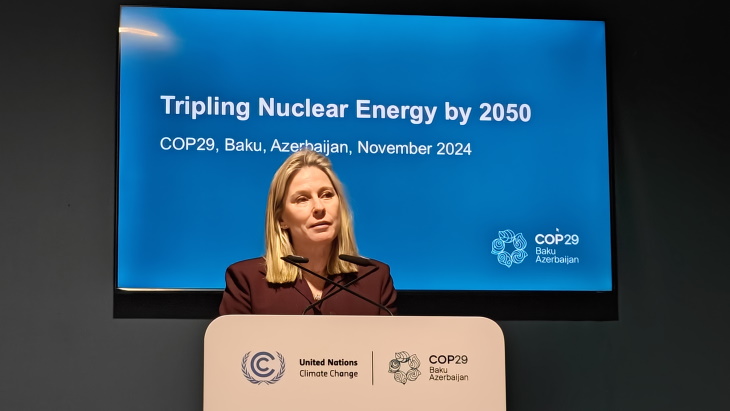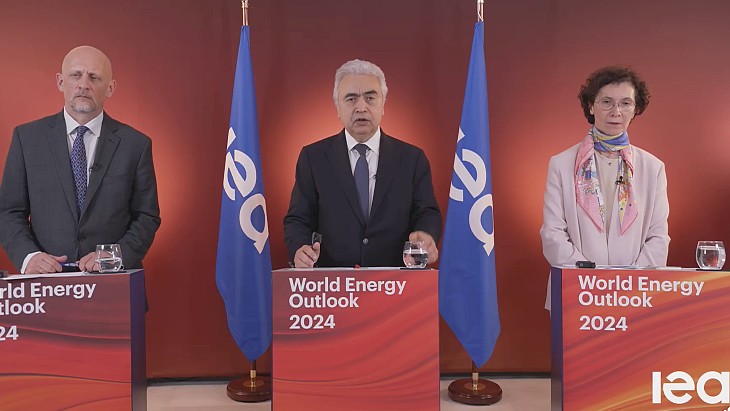New wetland proposed near Hinkley Point C
.jpg)
Plans for the saltmarsh - proposed to keep some fish species away from the power station's cooling water system - are being developed with Natural England, Natural Resources Wales and the Environment Agency.
EDF Energy said the proposed saltmarsh - at Pawlett Hams near Bridgwater - would create a new habitat for fish and animals, improve local water quality and help prevent flooding.
It said creating saltmarsh is a proven way to increase and protect biodiversity. It will help fish by providing breeding grounds and provide food and shelter for birds and animals. Tidal marsh also filters and cleans water, prevents floods and locks away carbon "in one of our most effective weapons in the fight against climate change".
Steart Marshes, opposite the proposed new wetland, was created nine years ago and is now teeming with birds, fish and wildlife, and is a popular place for recreation, EDF Energy noted.
The creation of the new habitat to help protect fish populations replaces a proposal to install an acoustic fish deterrent system. This system would use 280 speakers to continuously make loud noises during the plant's planned 60-year operation. The impact of such systems on porpoises, seals, whales and other species is unknown, the company said, adding that independent studies showed it would offer a very small potential benefit to protected fish species. It would also risk the safety of divers in the fast-flowing tides of the Bristol Channel.
 There will be a 'fish return' system at the new plant (Image: EDF)
There will be a 'fish return' system at the new plant (Image: EDF)
The new saltmarsh is one of a number of proposed measures to help wildlife and the environment around the Severn estuary. These include the planting of seagrass and kelp, developing native oyster beds and removing weirs on three rivers to help migrating fish to reach their breeding grounds.
The proposals for habitat creation and other changes to Hinkley Point C's design - such as alterations to the way the plant will store used nuclear fuel - will be included in a public consultation launching on 9 January.
"The new wetland would be a fantastic place for wildlife and a beautiful place to visit," said Chris Fayers, head of environment at Hinkley Point C. "Using natural and proven ways to improve the environment is better than creating 60 years of noise pollution with a system that is untested far offshore in the fast-flowing waters of the Severn.
"Hinkley Point C is one of Britain's biggest acts in the fight against climate change and its operation will provide significant benefits for the environment."
Hinkley Point C will be the first new nuclear power station to be built in the UK in more than 20 years and will provide about 7% of the country's electricity. Construction of the plant began in December 2018. The first of its two 1630 MWe EPR reactors is scheduled to be connected to the grid in 2027 and the second in 2028.

_99697.jpg)








_50521.jpg)

